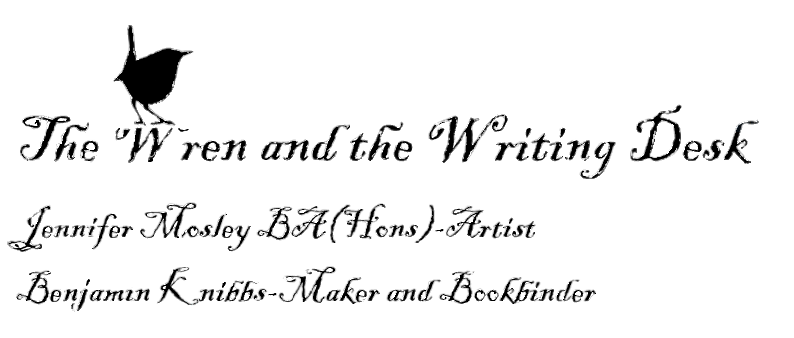Cutts works with her own handmade paper to make her ‘sculptures’. The paper is made from fibres such as abaca, hemp, cotton, which she processes in the traditional way using a hollander beater. The complex structure of the fibres and by using the fine paper sheets while they are wet, enables her to create sculptural pieces without the use of glue, stitching or armatures. She uses the image of ‘dress’ frequently in her work as she says its perception, both historical and contemporary, intrigue her.
“The empty shoe is a familiar image, so I work in multiples to emphasize the dialogue each piece suggests. Our feet shape the shoe – by the way we walk the way we stand – making it as individual as a thumbprint and like a thumbprint it can expose and betray. To make my shoes in paper is an indulgence – these shoes will never be worn they are as fragile as the hopes, dream, secrets and memories they evoke.”

















